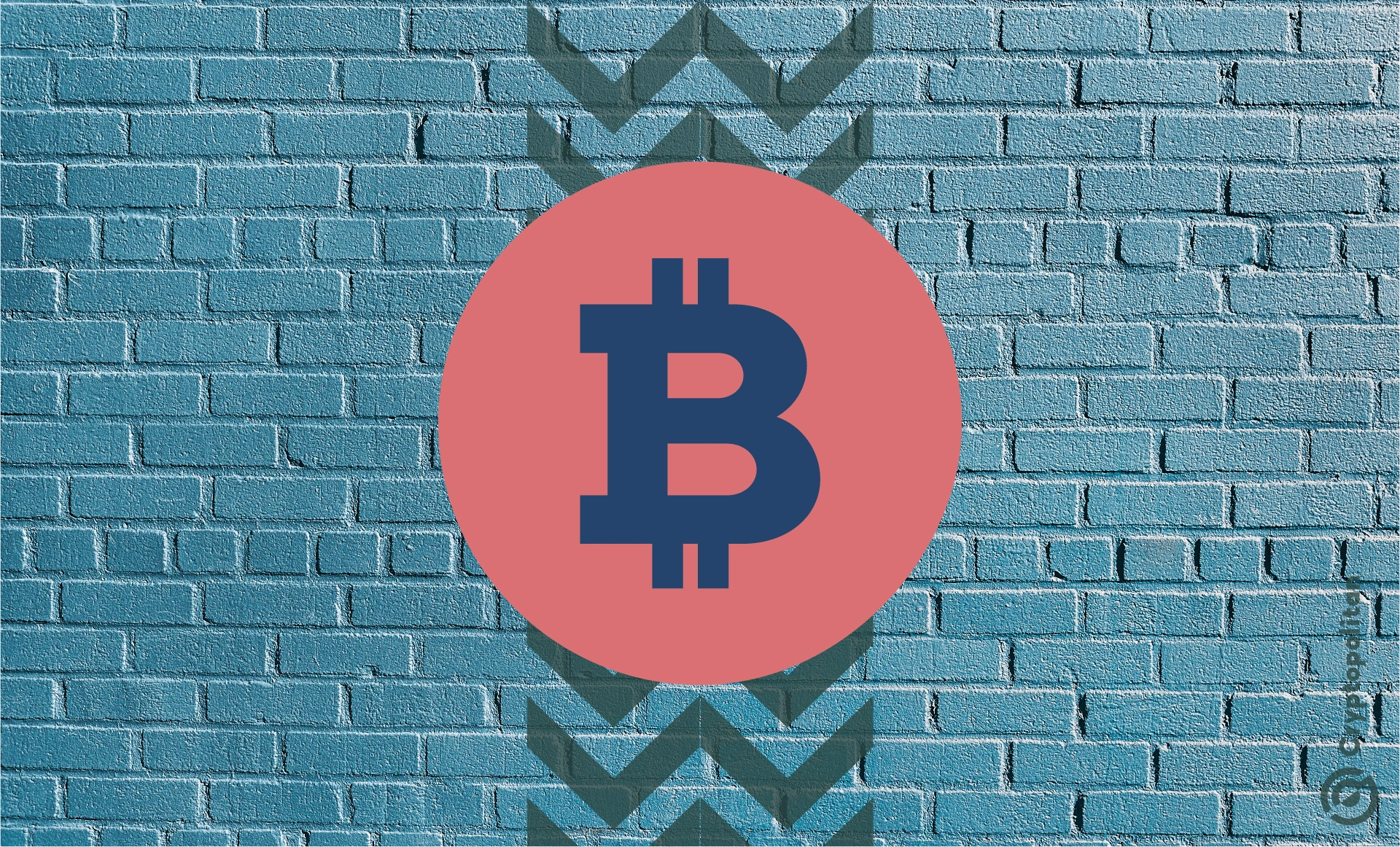Bitcoin (BTC) is no longer used as electronic cash, getting displaced by other assets. The crypto usage as fintech on BitRefill shifted its profile as BTC grew into a store of value.
BitRefill noted that Bitcoin (BTC) is no longer the top choice as a means of payment. High and unpredictable fees, and non-intuitive units led the users of the service to shift to other tokens, especially stablecoins. The trend for BTC shifted in the past 12 months, affecting on-chain BTC, and payments through the Lightning Network. At the same time, BitRefill is tapping the monetary value in the Ethereum ecosystem, as recent market research revealed.
One of the main reasons for abandoning BTC as a payment tool is the removal of zero-confirmation transactions. BTC transactions on BitRefill turned from instant to taking up to 10 minutes for a block confirmation.
USDC dominates BitRefill payments
A more detailed breakdown of payments shows BitRefill inflows come from stablecoins on the Ethereum network, as well as L2 networks like Polygon. BitRefill was among the payment tools during the first crypto bull market and still has some of the older legacy assets like Litecoin (LTC), Dogecoin (DOGE), and even Dash (DASH). The so-called legacy coins still rely on network effects and make up for average payments above $55.
The largest payments through BitPay use Ethereum-based USDC. Based on data shared by Matt Ahlborg, market research consultant at BitRefill, the average payment for USDC users is $312, while BTC users pay $147 on average.
BitRefill still hinges on offering prepaid cards or subscriptions. The service has not explicitly mentioned KYC, though the usage of some subscriptions may be limited to US persons. BitRefill is seen as one of the legitimate crypto payment channels, though there have been complaints of faulty prepaid cards.
BitPay customers also move to stablecoins
BitPay recently had a tally of the most widely used crypto assets for payments. After a campaign on voting and spending, the service still presented BTC and ETH as leaders. USDC, the regulated stablecoin, took the third spot.
Previously, Litecoin (LTC) sank to the fourth position during the latest spend period. However, LTC had the biggest share of BitPay transactions. Despite voting on BTC and ETH, LTC transfers are still the most numerous on BitPay. The biggest monetary value of the service moves through BTC, followed by USDC and USDT.
While LTC payments remain a strong legacy, new BitPay users are on-boarded mostly through BTC, ETH, and USDT. Those types of assets saw the biggest inflows of new wallets. USDC and USDT were also leaders in the biggest average value for individual transactions. Outlier transactions were recorded from USDC, BTC, and USDT holders in the top 3 positions.
BitPay remains a strictly KYC service, recently changing the rules for EU-based users. When using BitPay for invoices, EU-based customers need an ID scan and verification for transfers and purchases above $1,000.
Stablecoin payments raise concerns about money laundering
Crypto payments regained the spotlight for being a potential tool for money laundering. After the recent arrest of Telegram’s founder Pavel Durov, Telegram’s payment potential was revealed as a way to hide from sanctions.
Stablecoins have vastly different use cases, depending on the size of the transfers. Small sums or micropayments in stablecoins often go through Solana, but payments of $100-$1,000 in USDT are happening mostly on TRON. Payments of the same size in USDC are concentrated on Solana, revealing potentially different user profiles.
The greater concern is for large-scale USDT transactions, which reveal a different use profile for TRON-based tokens. The TRON-based version is widely accessible and makes up more than 45% of the total supply. Stablecoins on TRON fuel trading, but are also seen as a risk for money-laundering.
USDT on TRON is also among the first stablecoins to compete with Visa’s value transfers. In the past year, the reported USDT value transfers grew to 30% of Visa’s volumes, reaching $1.25 trillion in Q2, 2024. Crypto payment services remain fragmented and face either severe limitations or a riskier, unregulated landscape. In unregulated payment channels, stablecoins also gain importance as a way to limit exposure to BTC and ETH volatility.
Cryptopolitan reporting by Hristina Vasileva





